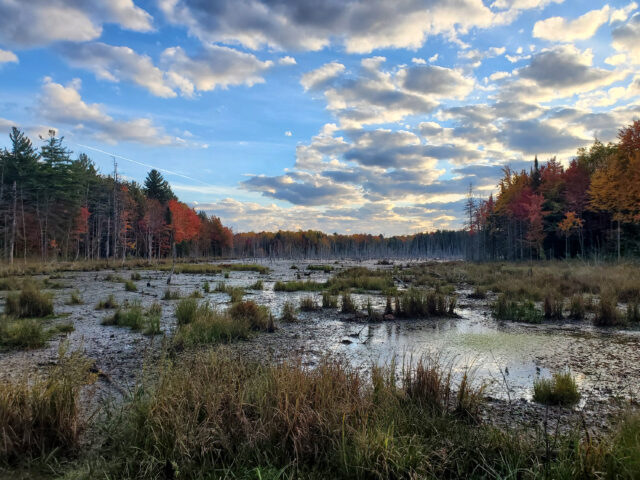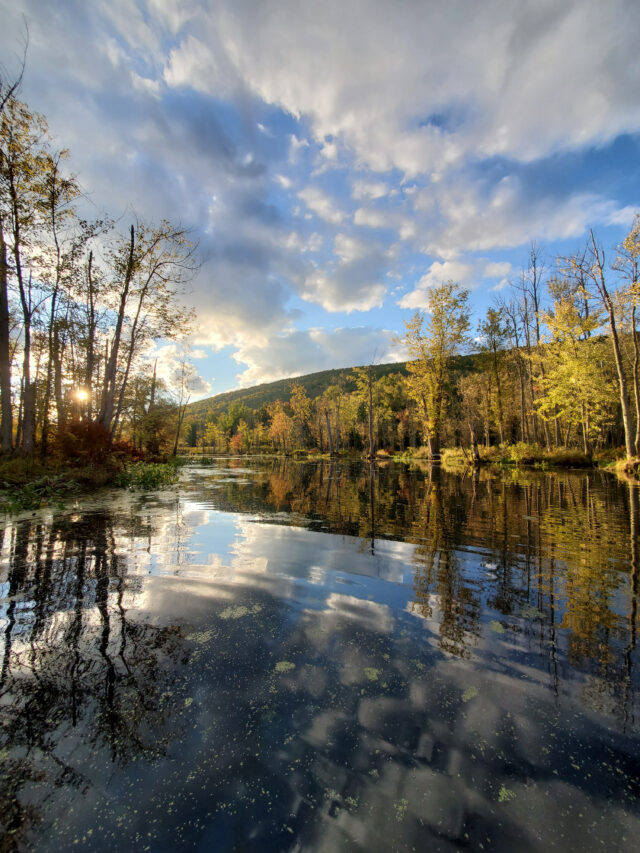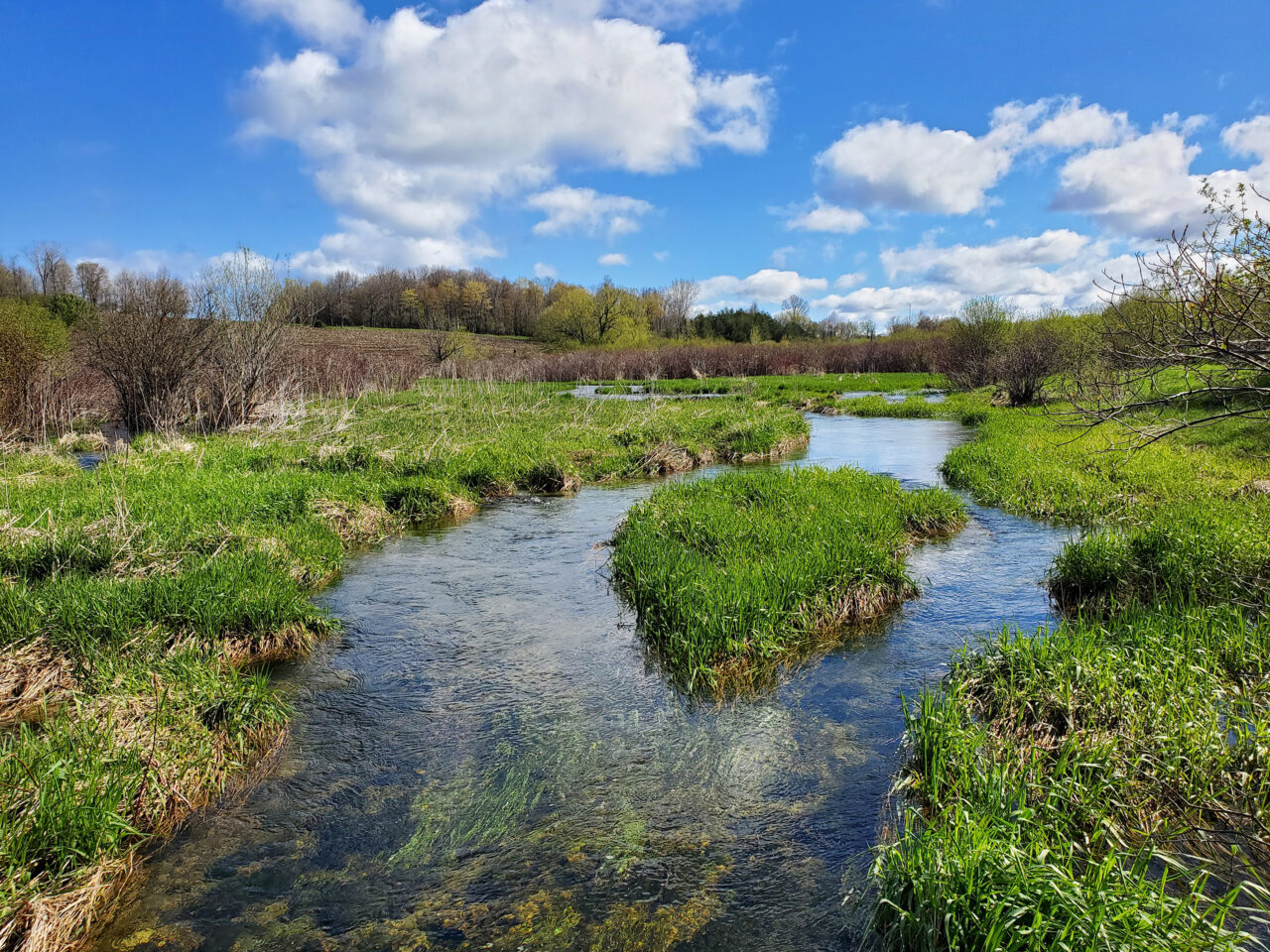Navigating Changes to New York’s Freshwater Wetlands Regulations


The Freshwater Wetlands Act (FWA), passed in 1975 in New York State, gives the New York State Department of Environmental Conservation (NYSDEC) authority to regulate freshwater wetlands. Under the existing regulations, NYSDEC oversees wetlands that are 12.4 acres or larger, as well as smaller wetlands deemed to be of “unusual local importance,” along with a 100-foot adjacent area.
Under the FWA, NYSDEC is required to map and classify regulated wetlands from Class I to IV based on the benefits the wetlands provide, with Class I wetlands being the most beneficial. Many of these wetlands were mapped in the 1980s and are currently viewable on NYSDEC’s Environmental Resource Mapper (ERM). However, these maps have their limitations. The original maps, hand-drawn on a scale of 1:24,000, do not show the actual limits of most state-protected wetlands. Many wetlands were missed or not mapped at all. To protect New York’s freshwater wetlands, NYSDEC moved to update the freshwater wetland regulations.
In 2022, an expansion of the FWA was signed into law. Specifically, Part 664 of the regulations, which covers freshwater wetland mapping and classifications, will be repealed and replaced. In January 2024, NYSDEC released an Advanced Notice of Proposed Rule Making outlining the draft regulations, followed by revised language in July 2024. These regulations are expected to be finalized in late 2024, with an effective date of January 1, 2025.

What to Expect
Freshwater Wetlands Mapping
Starting January 1, 2025, the existing freshwater wetlands maps shown on the ERM will no longer be regulatory and will be for informational purposes only, similar to the National Wetland Inventory maps. It is important to note that while both mapping tools are helpful for early screening, they do not definitively indicate the presence, absence, or jurisdiction of wetlands on a property. A formal wetland delineation will need to be completed on any specific site.
Wetlands of Unusual Importance and Other Provisions
The draft regulations list eleven criteria for wetlands to be deemed of “unusual importance,” which would place them under NYSDEC jurisdiction regardless of size.
These criteria include:
- Located in a watershed with significant flooding
- Located in a US Census-designated urban area (based on the 2020 Census)
- Presence of rare plants
- Contains habitat for an essential behavior of a species listed as endangered, threatened, special concern, or of greatest conservation need
- Class I wetlands
- Previously designated as a wetland of “unusual local importance”
- Productive vernal pools
- Located in floodways
- Previously mapped by NYSDEC as a wetland
- Has wetland functions and values that are of regional or local significance (e.g., located in a designated Critical Environmental Area)
- Significant for protecting the state’s water quality
In addition to the above, NYSDEC will extend adjacent areas for certain wetlands. The majority of wetlands will continue to have a 100-foot regulated adjacent area. The adjacent area for nutrient-poor wetland communities will be extended to 300 feet, and for productive vernal pools it will be extended up to 800 feet.
Jurisdictional Determinations
All projects that have aquatic resources on the site will need to be submitted to NYSDEC for a jurisdictional determination (JD) review to determine if any of the wetlands fall under state jurisdiction. Requests will be submitted to NYSDEC’s Central Office, which has up to 90 days from when the request was made to provide a determination in writing, unless additional information or a site visit is required (which may depend on time of year/weather conditions). A JD is valid for five years and can be appealed. Through this review process, NYSDEC will also classify state-regulated wetlands.
Upcoming Changes and Additional Notes
While we will see most of the biggest changes starting in January 2025, the last change under the updated regulations will occur on January 1, 2028, when the minimum threshold for wetlands coming under NYSDEC jurisdiction will drop from 12.4 to 7.4 acres.
These new regulations will certainly impact many ongoing and upcoming projects, but there are “grandfathering” provisions for projects caught in the middle of this regulatory change. Some of the grandfathering clauses outlined in the draft regulations currently include having a Final Environmental Impact Statement that has been accepted by the lead agency, written site plan approval from a local government, or a SEQR negative declaration for a Type I action.
It is important to note that these regulations are specific to state-jurisdictional wetlands. The United States Army Corps of Engineers (USACE) also regulates wetlands under the Clean Water Act, and certain projects will still be required to coordinate and obtain permits from USACE through their separate program. It is also noted that the new NYSDEC regulations do not apply to wetlands within Adirondack Park. Coordination and permitting for wetland projects will continue to be coordinated and permitted through the APA under their jurisdiction.
To prepare for the upcoming regulatory changes and avoid project delays, it will become extremely important to conduct wetland delineations as early as possible for proposed projects. This will help identify jurisdictional resources, allow plenty of time for agency reviews, and ultimately guide informed project decisions.
Questions? Learn how our Wetlands & Ecology experts can help by clicking here.

About the Author
Meredith Ellis, CE, PWSPermitting & Compliance Manager
Meredith is a Certified Ecologist and Professional Wetland Scientist with 13 years of experience. As a project manager for wetland and regulatory permitting projects, her experience includes conducting wetland delineations, regulatory permitting, environmental monitoring, threatened and endangered species surveys, and ecological habitat assessments. Meredith also has extensive experience with geographic information systems (GIS) for wetland and ecological projects.